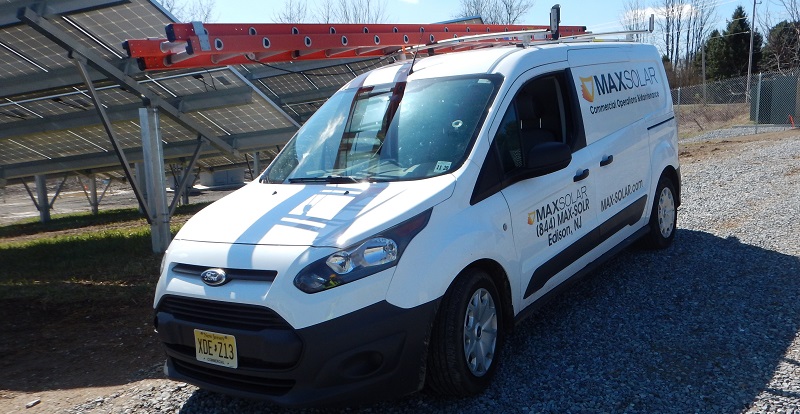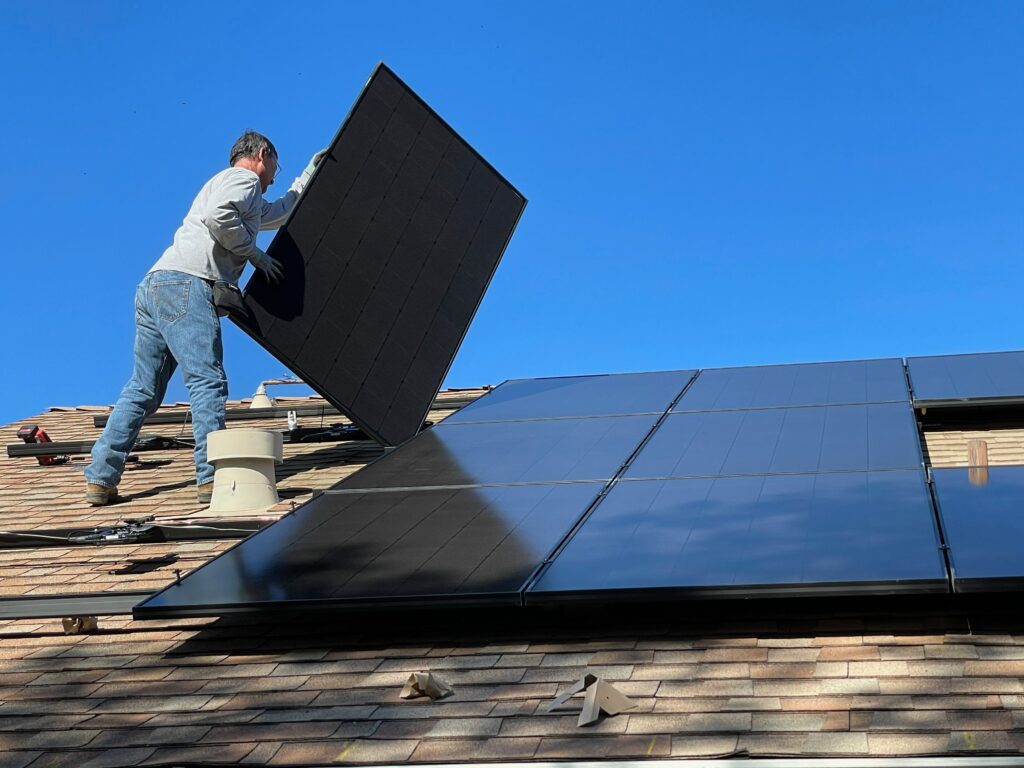We’re all noticing the changing landscape. Solar energy has truly come of age after decades of naysayers dismissing it as a niche solution tinged with a bit of crazy; Solar—from residential to utility scale—is now a core strategic component of the power generation mix in the world’s biggest and most robust economies. Today we’re looking at how solar energy is changing the face of global generation (and it is not always how you think!)
Solar is Leading the Charge in Traditional Power-Hungry Markets
Think of a beautiful California summer or a trip to Las Vegas, what do they have in common? A cloudless sky, a perfect recipe for solar. Solar energy has seen a recent uptick in attention on the west coast as it has the potential to provide the power-hungry states of California, Nevada and Arizona with power throughout the year. The California utilities have put out a public commitment to the state and its people to have one-third of the state’s power to come from renewable sources. Combine that with the ever-improving solar cell production, and we could see multiple states considering the switch to renewables such as solar sooner rather than later.
A Drive to Cheaper Solutions
As green energy prices continue to drop, the energy industry has seen a push for more affordable and better options for the consumer. Consider this, ten years ago, solar was a power generation method that was only used by a few farmers and environmentalists. This was mainly due to the cost, which was roughly $350 per megawatt, today; the solar industry costs $50 per megawatt, approximately $100 less than nuclear and $50 less than coal. The non-renewable side of the industry knows this and has pushed to make energy cheaper by creating more efficient burning methods and better yields. It has been a benefit to the consumers, but solar and wind costs will only drop further as technology improves construction and production.
Renewables are Starting to Gain on Non-Renewables
As of writing this, the solar industry produces roughly 2% of the United States overall energy production. This might seem like a lot, but this is tenfold to where it was only five years ago. While there are numerous incentives and tax breaks for developers and homeowners, the solar industry has been slow to see widespread adaption. Recently, the State of California floated an idea to mandate new home and condo builds to be outfitted with solar panels that will either be connected to the grid or used inside the house during peak hours. Renewable’s will continue to grow; the only question is what non-renewable will have to die off to make room.
The solar energy industry has changed the energy industry across the world. From solving energy issues in power-hungry markets to driving the industry to cheaper solutions and even showcasing the gain by renewables within the overall market, the solar industry keeps changing the world. As for us here, we cannot wait to see where the solar industry can go in the next five or even ten years!


